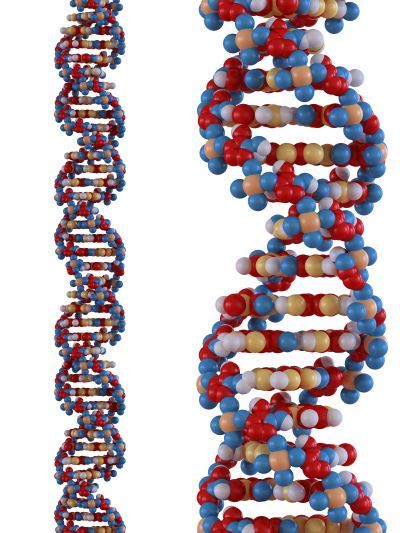Scientists unveil map of genome's chemical switches

Scientists have unveiled the first detailed map of the epigenome, the network of chemical switches that regulates activation of human genes, according to a study to be published Thursday.
The decoding of the human genome nearly a decade ago laid bare the building blocks of life, fuelling expectations that science would swiftly uncover the links between genes and disease.
But the connections turned out to be more complicated than imagined.
What emerged was an additional layer of genetic signalling -- known as epigenetics, literally "on top of" genes -- that remains poorly understood.
Scientists were also startled to discover that environmentally-caused changes in these chemical triggers could be inherited from one generation to another.
What we eat and the toxins to which we are exposed, in other words, can lead to heritable modifications in how and when genes are silenced or activated.
Scientists in the United States led by Joseph Ecker of the Salk Institute in La Jolla, California used powerful computers and new technologies to compare the epigenomes of two types of human cells: embryonic stem cells and cells from the lung called fibroblasts.
"In the past we've been limited to viewing small snippets of the epigenome," Ecker said in a press release.
"Being able to study the epigenome in its entirety will lead to a better understanding of how genome function is regulated in health and disease, but also how gene expression is influenced by the environment," he said.
The study, published in the British journal Nature, unveiled a sub-cellular landscape of chemical signposts.
It could explain how stem cells establish the ability to transform into any kind of tissue in the body, the investigators hope.
Epigenetic signals can code genetic information in at least two ways, the paper says.
One targets so-called histones, spool-like structures in the cells around which strands of DNA are wound. The spools need to be "unwound" in order for genes to be acted upon.
The other is a process known as DNA methylation. This the chemical modification of cystosine -- one of the four molecular pieces that comprise the "rungs" in the double-helix ladder of DNA.
mh/ri
Join our commenting forum
Join thought-provoking conversations, follow other Independent readers and see their replies
Comments